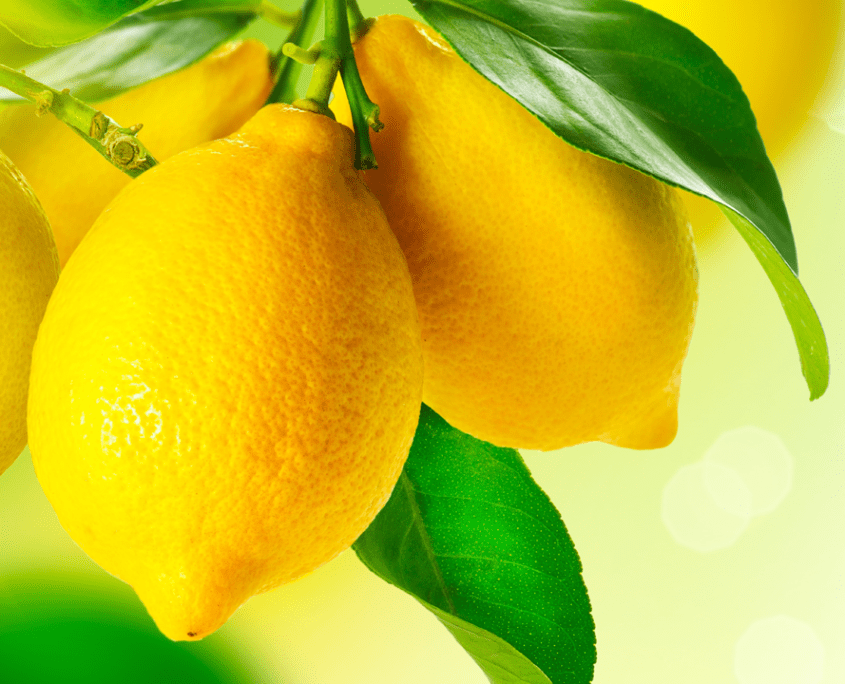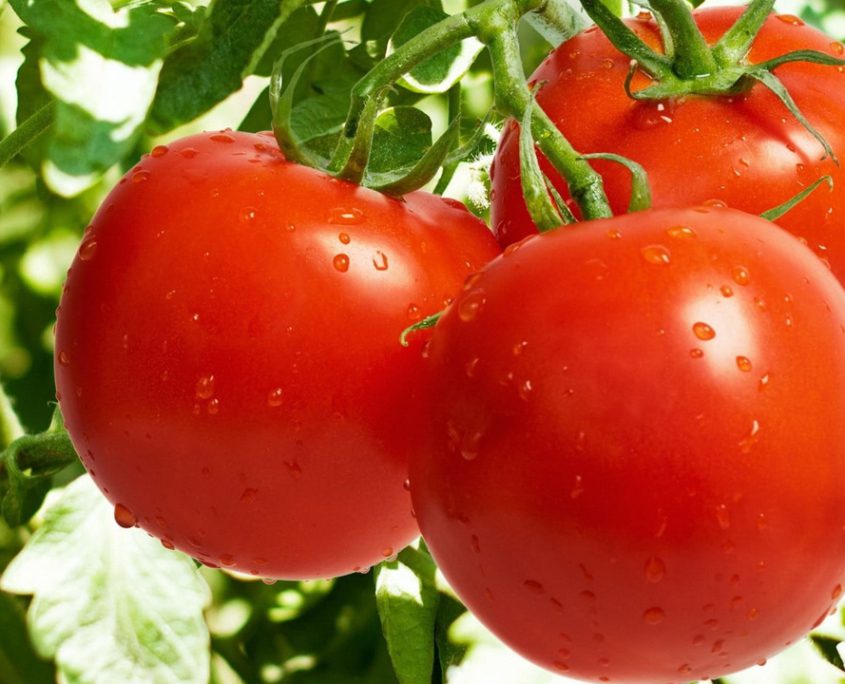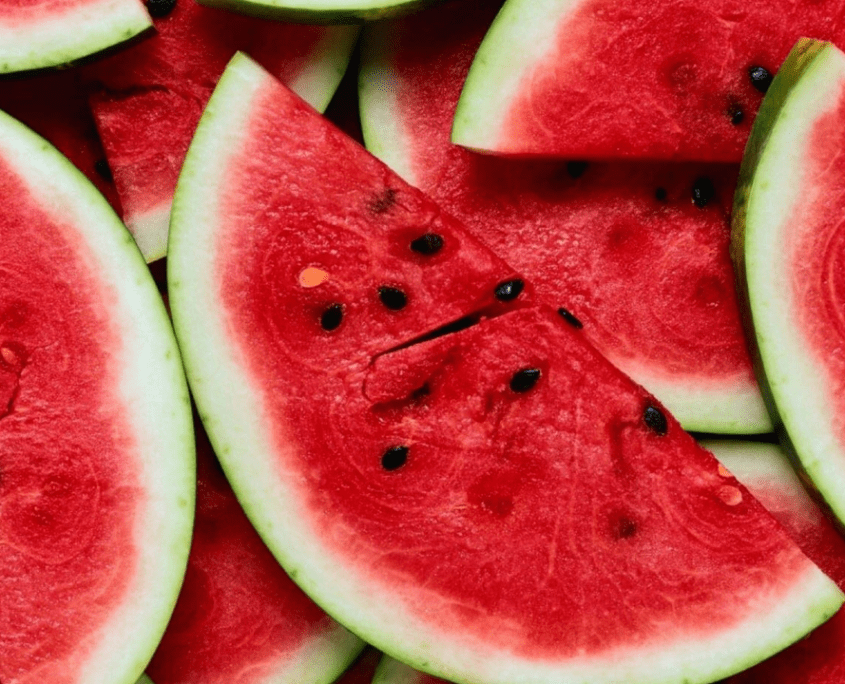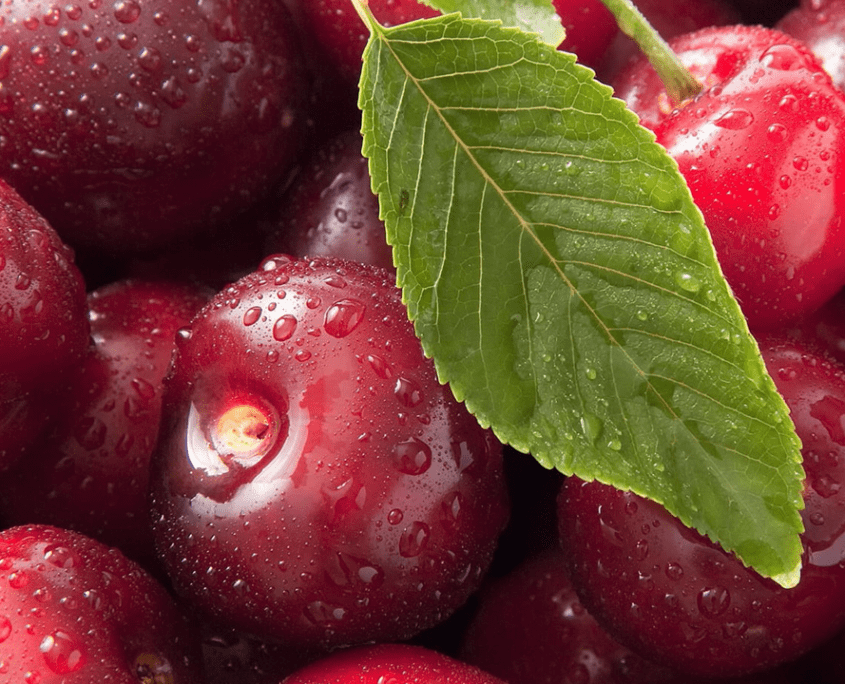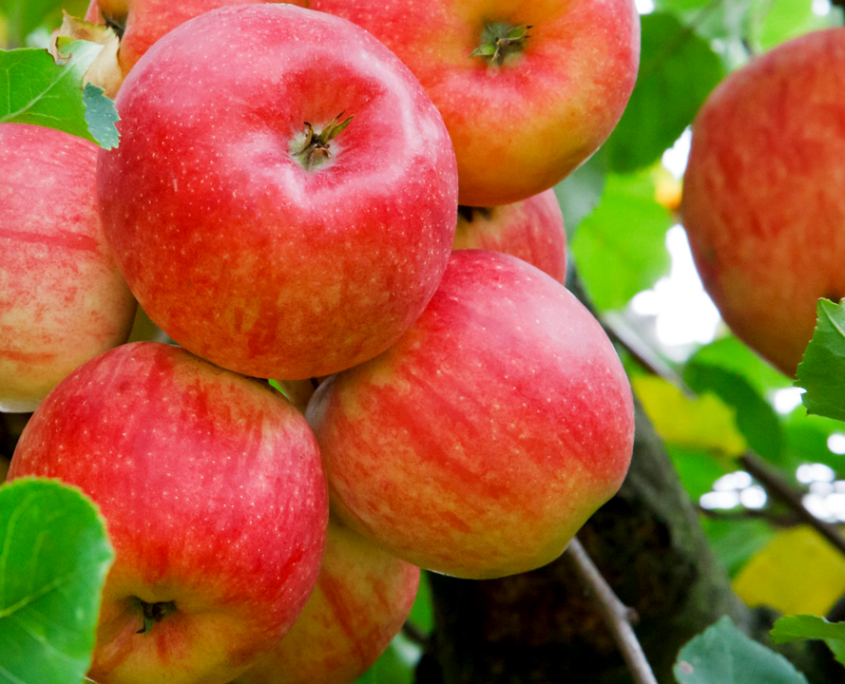The equal proportions of Nitrogen (N), Phosphorus (P), and Potassium (K) in NPK 15-15-15 ensure a well-balanced nutrient supply for plants, These essential elements are vital for various physiological processes, including root development, flowering, fruiting, and overall plant growth.
Characteristics & Features
- Balanced Nutrition
- Enhanced Plant Growth
The optimal combination of N, P, and K in NPK 15-15-15 promotes vigorous plant growth. Nitrogen supports leaf and stem growth, phosphorus aids in root development and energy transfer, while potassium regulates water and nutrient uptake, and enhances overall plant health.
- Increased Nutrient Availability
The presence of sulfur (SO3) in NPK 15-15-15 helps improve the availability of nutrients for plants. Sulfur plays a crucial role in converting previously bound nutrients in the soil into a soluble form, enabling easy uptake by plants.
- pH Regulation
The sulfur content in NPK 15-15-15 also acts as a pH regulator for the soil. It helps maintain an optimal pH level, creating a favorable environment for nutrient absorption and microbial activity.
- Chlorine-Free
NPK 15-15-15 does not contain chlorine, which is beneficial for sensitive plants that may be negatively affected by high chlorine levels. This fertilizer avoids any potential harm caused by chlorine accumulation in the soil.
- Long-Lasting Effects
15-15-15 is a slow-release fertilizer, providing a steady and prolonged nutrient supply to plants. This gradual release ensures sustained nourishment, reducing the risk of nutrient deficiency or excess.
| Plants | DOSAGES KG/DECARE |
|---|---|
| Tomato, Pepper, Cucumber, Eggplant, etc. | 15 – 20 |
| Potato, Onion, Cabbage, Carrot, Zucchini, etc. | 15 – 20 |
| Wheat, Barley, Oats, Rye, etc. | 20-25 |
| Forage crops, Greenfield. | 10-15 |
| Corn. | 20-25 |
| Tobacco, Sugar Beet, Cotton. | 10-15 |
| Canola, Sunflower. | 10-15 |
| Vineyard. | 15-20 |
| Peach, Cherry, Plum, Apricot and etc. | 15-20 |
| Apple, Pear, Quince and etc. | 20-25 |

